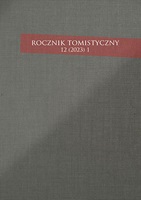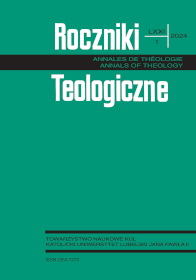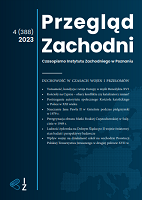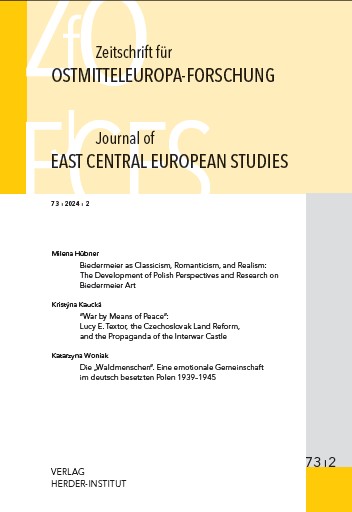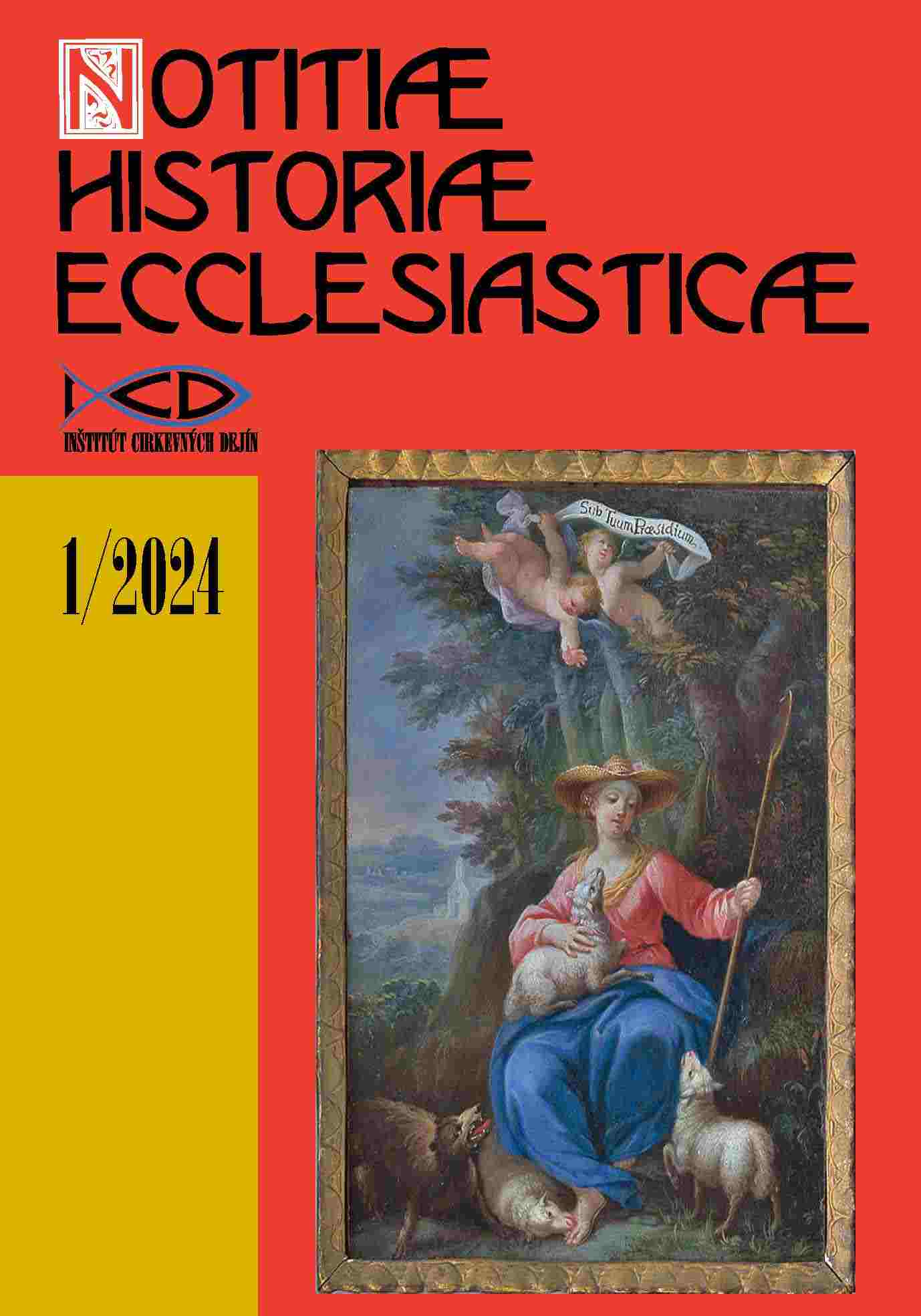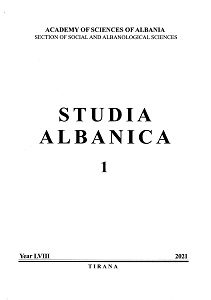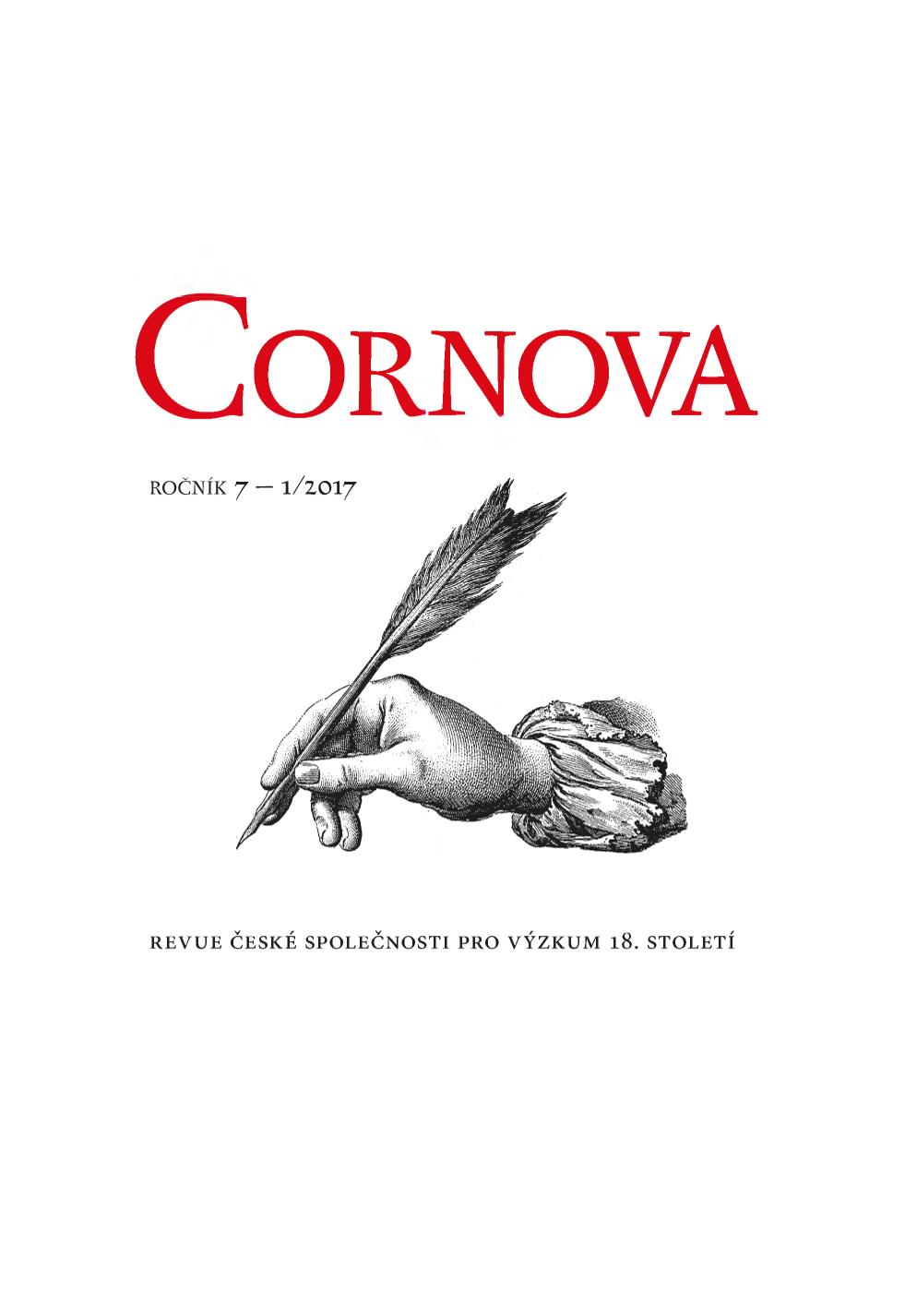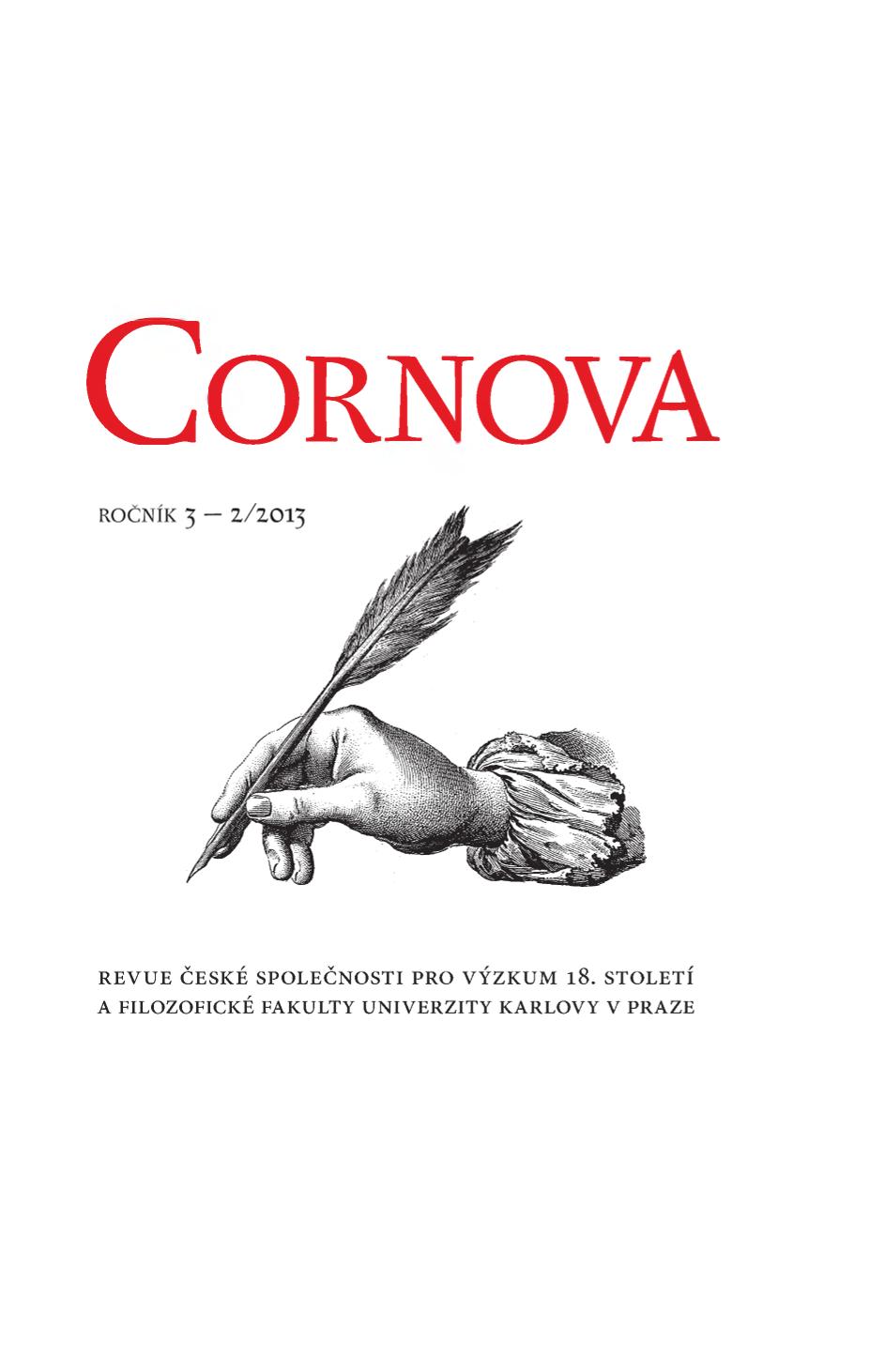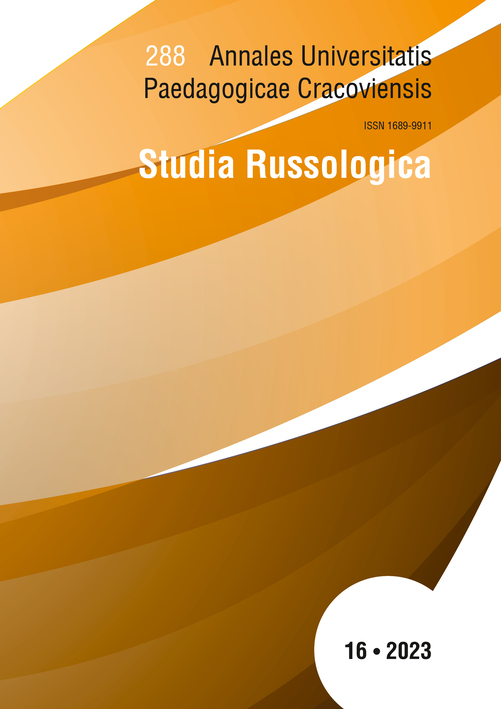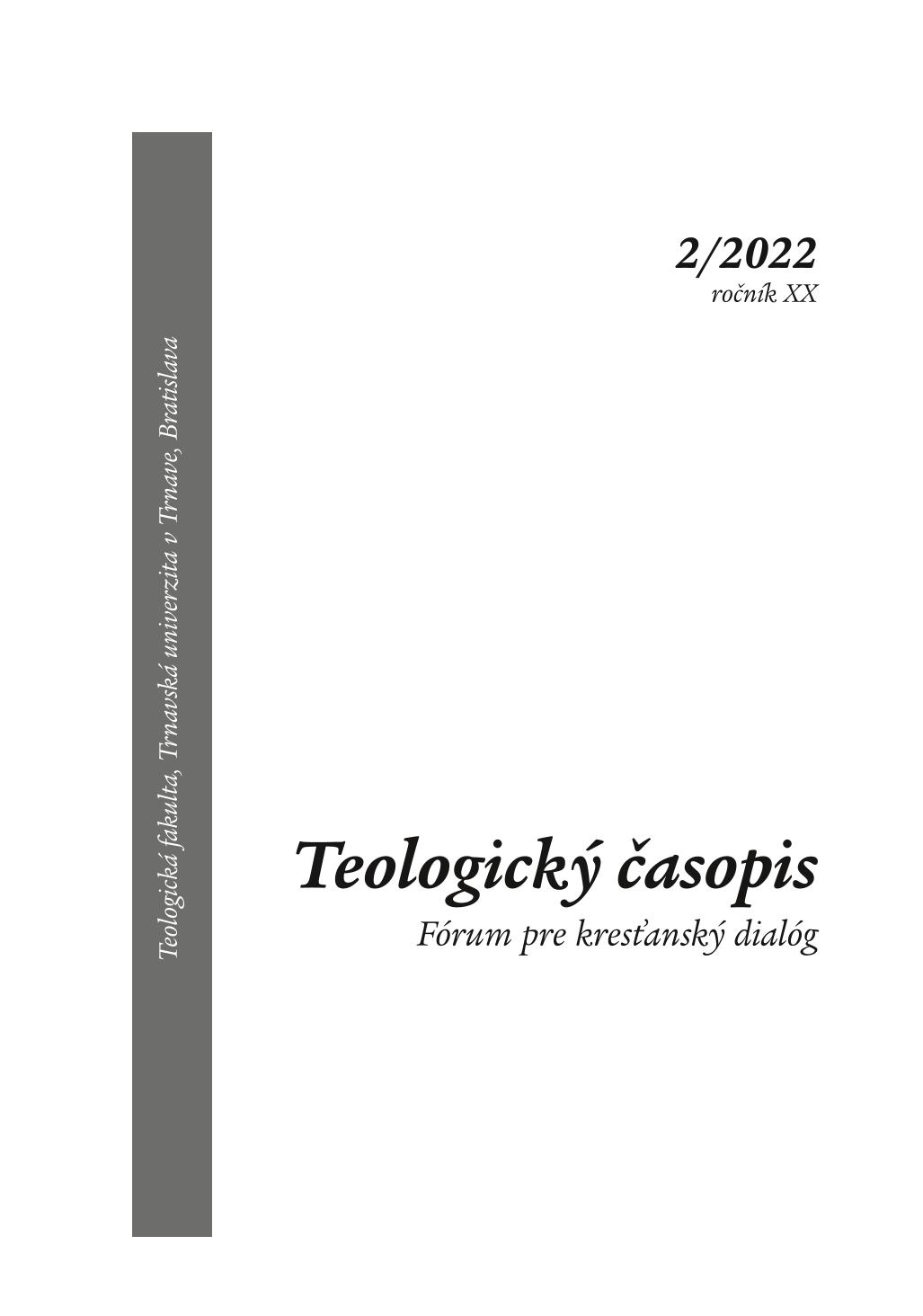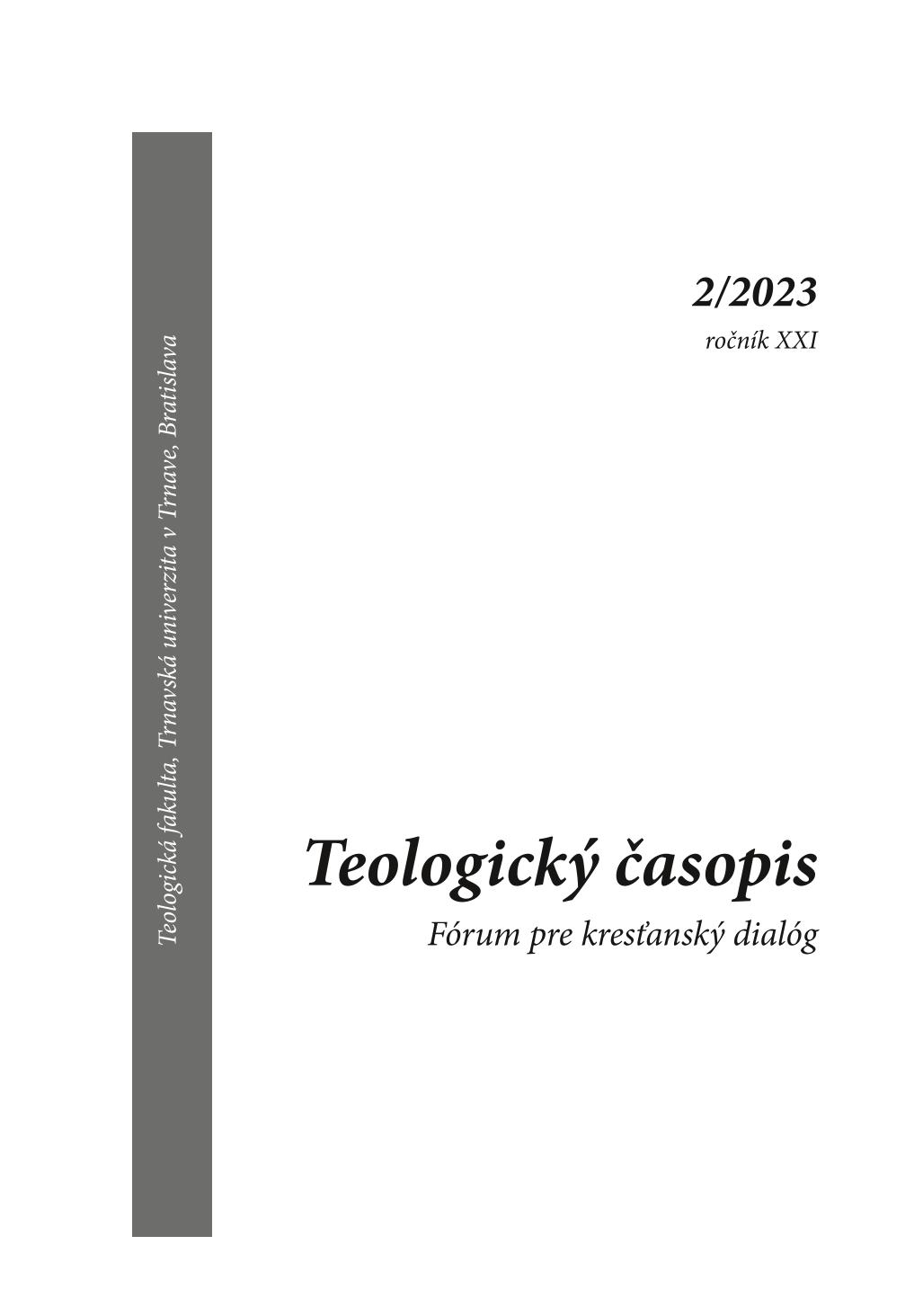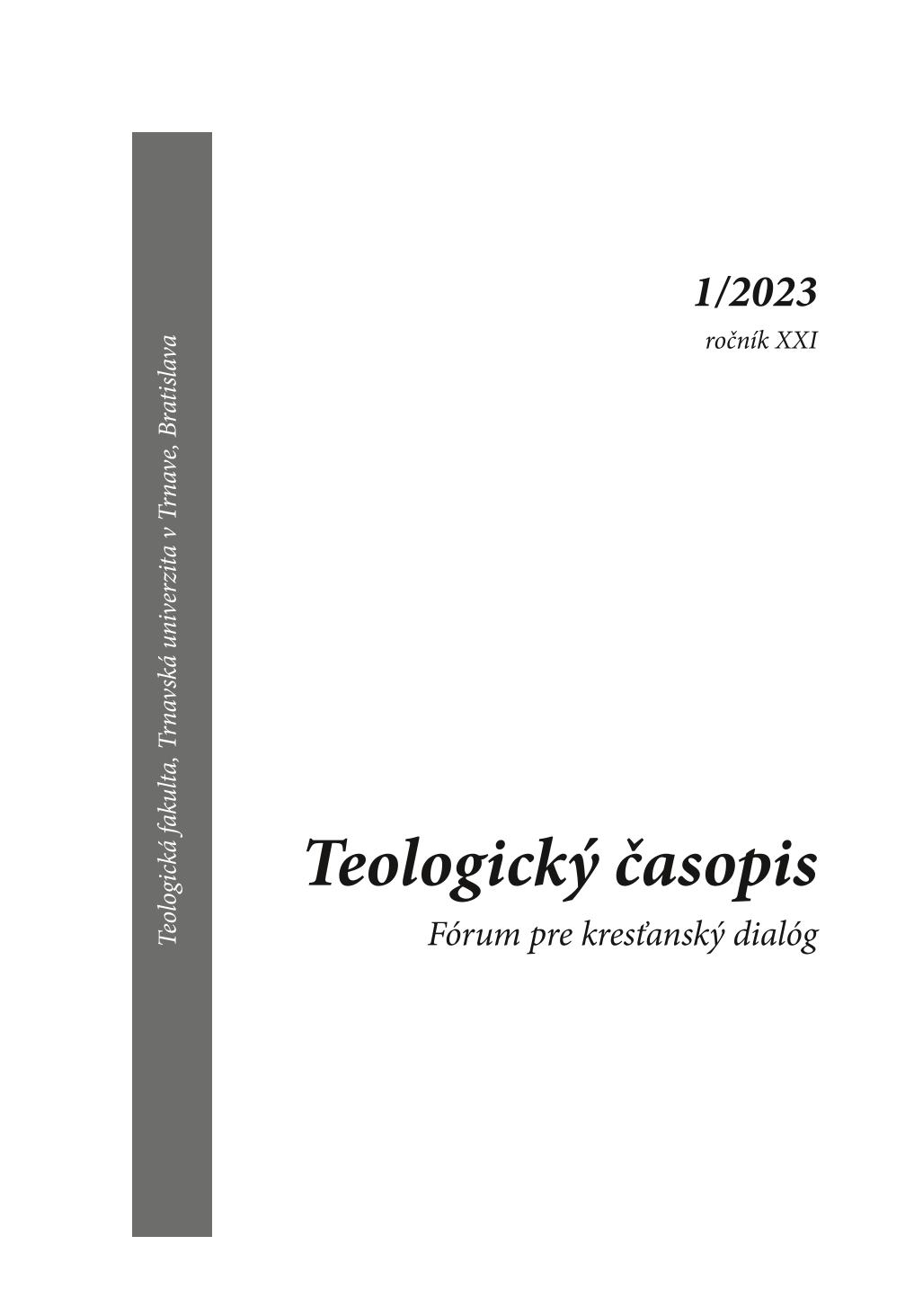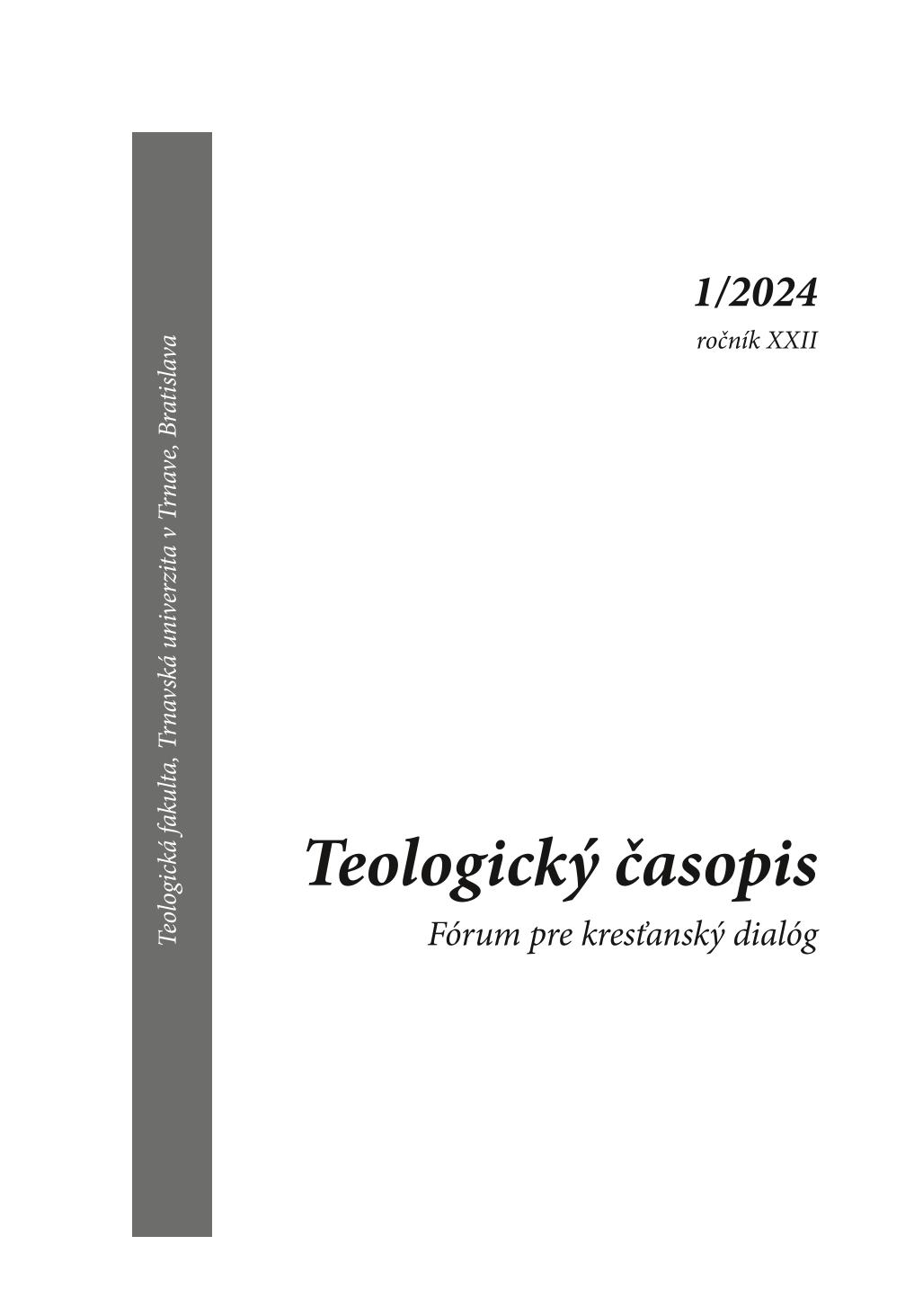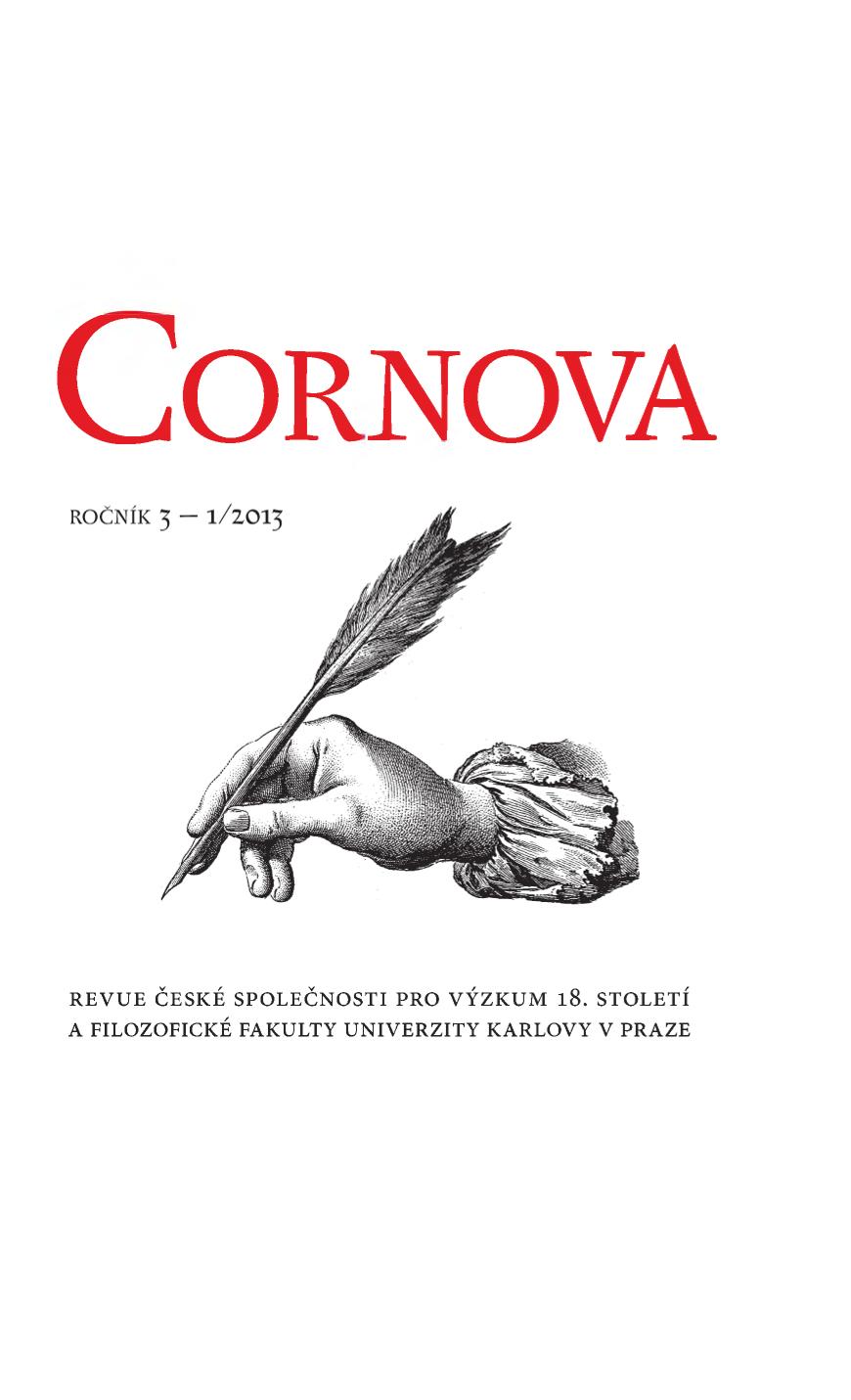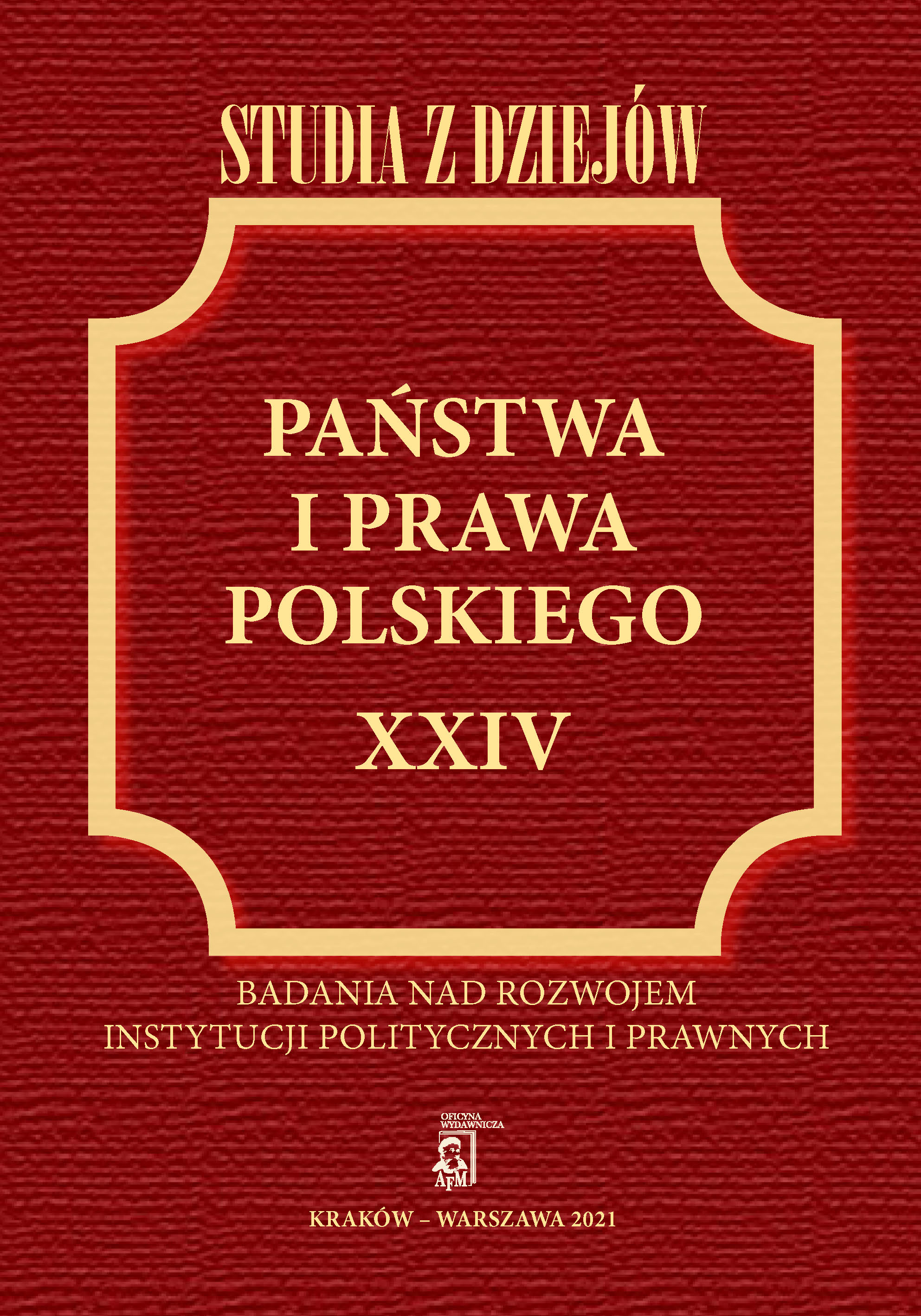
Umowy konkordatowe Polski ze Stolicą Apostolską w okresie do III rozbioru
Concordats are a specific type of agreements between the Holy See and sovereign states which function in different legal orders: state and church canon law. The fact that concordats are the conventions between two subjects of international law they are also recognized as international treaties. The history of concordats is almost one thousand years old, dates from 1098 and they are still used by both sides to regulate the matters in common interests. In meantime it have been changed the names, forms, matters and language of concordats, but it did not changed the legal nature and essence of concordats. The history of Polish statehood is closely interrelated with different forms of agreements between Catholic Church and state authorities. Concordats were the consequences of Christianity adoption by Poland having impact on its close cultural relations with Western Europe. The interpretation and execution of concordats in Poland have been sometimes the cause of conflicts but both the Holy See and the state authorities recognized them through the history as important for State, Church and Nation. The article focuses on description of legal nature of concordats and the history of them in Poland until the Third Partition of country in 1795.
More...
